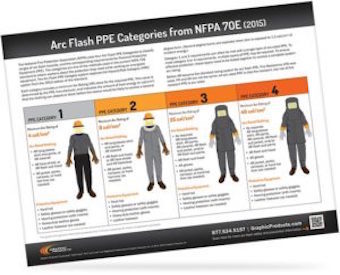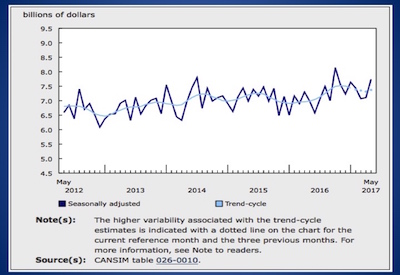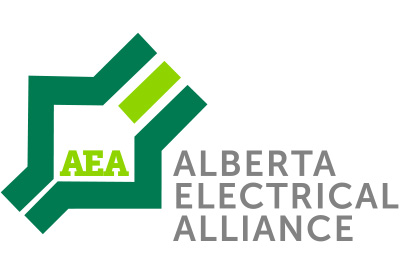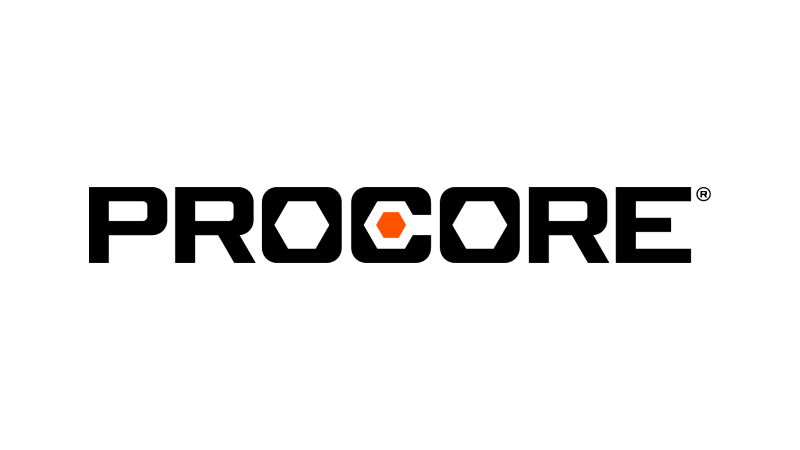The 10 Most Important Changes in the 2018 NFPA 70e Standard, Part 2

May 14, 2018
By James R. White
With the recent release of the 2018 edition of the NFPA 70E standard, many users are finding it challenging to interpret what it says and prioritize where they should focus their attention. The short answer is that the entire 70E standard is important, not just one chapter, article or section. However, this article highlights 10 changes that the author believes are most important. Here in Part 2: changes 6-10.
6. The first permanently-mounted absence-of-voltage test instrument is approved
A new exception was added to section 120.5, which states “Exception No. 1: An adequately rated permanently mounted test device shall be permitted to be used to verify the absence of voltage of the conductors or circuit parts at the work location, provided it meets the all following requirements:
• It is permanently mounted and installed in accordance with the manufacturer’s instructions and tests the conductors and circuit parts at the point of work;
• It is listed and labeled for the purpose of verifying the absence of voltage;
• It tests each phase conductor or circuit part both phase-to-phase and phase-to-ground;
• The test device is verified as operating satisfactorily on any known voltage source before and after verifying the absence of voltage.”
Why the change?
This is a watershed moment for the 70E. In the past, the committee has been approached by manufacturers of LED indicator lights wanting to gain approval for their devices as an absence-of-voltage tester. We pointed to the OSHA Letter of Interpretation dated December 12, 2012, which states in part:
“Question 1: Can the type of device described above be used to verify that isolation and de-energization of the machine or equipment have been accomplished under 29 CFR 1910.147(d)(6)?
Response: No. However, the type of device that you describe, if installed correctly and maintained, might serve only as a redundant indicator that the disconnecting device is in the open (“off”) position.”
In the 2018 review cycle a company presented a product that met a new UL standard and meets the requirements of a true absence-of-voltage tester (see Figure 4). The committee questioned both the company’s representative and the UL representative at length, and determined that the device presented was acceptable. The new exception noted above was then added to 120.5.
Bottom line
An LED indicator light is not an absence-of-voltage test instrument. At the time of this writing, there is only one such test instrument currently manufactured. LED indicator lights can provide a first indication, but a qualified person must still perform a manual absence-of-voltage test using a hand-held test instrument and test phase-to-phase and phase-to-ground.
Figure 4
Permanently-mounted absence-of-voltage test instrument
7. All mandatory reference to other standards are removed
Standards that had been mandatory are now contained in Informational Notes. For example, one mandatory reference in the 2015 edition of 70E—130.7(F)—has been renumbered to 130.7(G) and now reads “Other protective equipment required in 130.7(D) shall conform to the applicable state, federal, or local codes and standards.
Informational Note: The standards listed in Table 130.7(G), which is part of this Informational Note, are examples of standards that contain information on other protective equipment.”
This change generated a lot of discussion among committee members, especially those from the standards organizations. In past editions, the 70E has stated that arc-rated clothing and PPE must meet the ASTM standards for those articles of PPE. This was done to prevent unsafe PPE, especially arc-rated clothing and PPE, from being used by workers.
Why the change?
The NFPA wanted to remove mandatory references to other standards because the 70E is used in many countries, not just the US. Requiring another country to follow a US-based standard when it may be required by law to follow another, created conflicts. So mandatory references to other standards were removed.
Bottom line
In most cases PPE is mandated by OSHA to meet ASTM and other standards, so this is not as serious as some expressed. This author would have kept the mandatory references to other standards, but acknowledges that it does limit the use of the 70E in other countries that do not use U.S. standards.
8. An added requirement for a conformity assessment for PPE
Section 130.7(C)(14)(b) requires that PPE comply with a conformity assessment. This requirement is based on ANSI/ISEA 125, American National Standard for Conformity Assessment of Safety and Personal Protective Equipment. Informative Annex H.4 contains detailed information about the conformity assessment requirements.
Why the change?
With mandatory references to other standards eliminated in the 70E, the committee believed that another mechanism was needed to ensure workers were provided with adequate arc-rated clothing and other types of PPE. Figure 5 below illustrates the importance of conformity assessments, even when there were mandatory requirements to meet ASTM standards. The clothing in Figure 5 was purchased because it had an ATPV (Arc Thermal Performance Value or arc rating) on a label and stated it had an HRC 2 rating.


Figure 5
Garment is mislabelled. It is not arc-rated.
The inside label stated that it meets NFPA 2112 for flash fires, but makes no mention of ASTM F1506. Workers in refineries and the like are often required to wear flame resistant (FR) protective clothing that meets NFPA 2112. However, electrical workers face a risk of arc flash. The difference? Flash fires are slow burning and the heat is much less. Arc flashes produce extreme heat for a very short period of time. Thus, electricians must wear F1506 (arc-rated) clothing.
Bottom Line
A conformity assessment would have caught the issue described above. The clothing carrying the labels shown above is FR, not arc-rated and is inadequate for workers exposed to arc flash events. Clothing can be rated for both flash fires and arc flash, but this example does not state that it meets the requirements for arc-rated clothing.
9. Revised footnote for Table 130.7(C)(7)
The footnote was revised to make it clear that new rubber insulating gloves being placed into service are required to have been tested within 12 months.
Figure 6
Revised table footnote in the 2018 edition.
Why the change?
The previous table footnote was unclear. Even the representatives from OSHA and ASTM did not share the same opinion. However, the 70E committee and OSHA and ASTM representatives agreed that rubber insulating gloves should go no longer than 12 months without being tested. According to the OSHA representative, gloves are considered placed into service when they are purchased, not when they are handed out. He noted that rubberinsulating gloves are tested when they are manufactured, but could sit up to two years before being purchased by the end user. So the committee decided to revise the footnote to make its meaning more understandable (see Figure 6).
Bottom Line
When gloves are purchased they should be tested. They should then be tested every six months afterwards. If they are not in service, they can sit for up to 12 months, but then would require testing. Once tested, they must be tested every six months thereafter.
10. New human error risk assessment procedure
Section 110.1(H)(2) is a new requirement covering the risk assessment procedure for “Human Error”. It states:
“(2) Human Error. The risk assessment procedure shall address the potential for human error and its negative consequences on people, processes, the work environment, and equipment. Informational Note: The potential for human error varies with factors such as tasks and the work environment. See Informative Annex Q.”
New Informative Annex Q provides excellent guidance on human performance and its relationship to workplace safety. It includes human performance modes and their associated errors, tools to improve human performance, and human performance warning flags.
Why the change?
Experts estimate the percentage of incidents caused by some form of human failure to be from 75% to 85%. With that percentage of incidents so high, it is reasonable that efforts be made to try to reduce the number of human errors.
Bottom Line
If no effort is made to account for human performance errors, the chances of them occurring increase. This author doubts that anyone could list all the human errors possible for any one task. But that is not the intent of this new requirement or Informative Annex Q. The goal of the requirement is to try to determine what errors could be made, then apply human performance tools to try to account for them.
Conclusion
This article only touches on some of the revisions to the 2018 edition of NFPA 70E. Many recurring or global changes are not covered here. The NFPA 70E committee reviews the actions it has taken in the past, then tries to improve what is written to make the 70E as clear and usable for the field service technician as possible. It is up to the user to interpret the 70E and apply it in the workplace. The author suggests that each user visit the NFPA 70E page and review the actions and committee statements for each action. These provide even more insight into why the committee took a specific action and the intent of that action.
James R. White is Vice President of Training Services, Shermco Industries for Fluke Corp.
Read Part 1 here:http://www.electricalindustry.ca/latest-news/4261-the-10-most-important-changes-in-the-2018-nfpa-70e-standard-part-1
Image source: Graphic Products









![Guide to the Canadian Electrical Code, Part 1[i], 26th Edition– A Road Map: Section 12](https://electricalindustry.ca/wp-content/uploads/2022/11/Guide-CE-Code-2.png)






